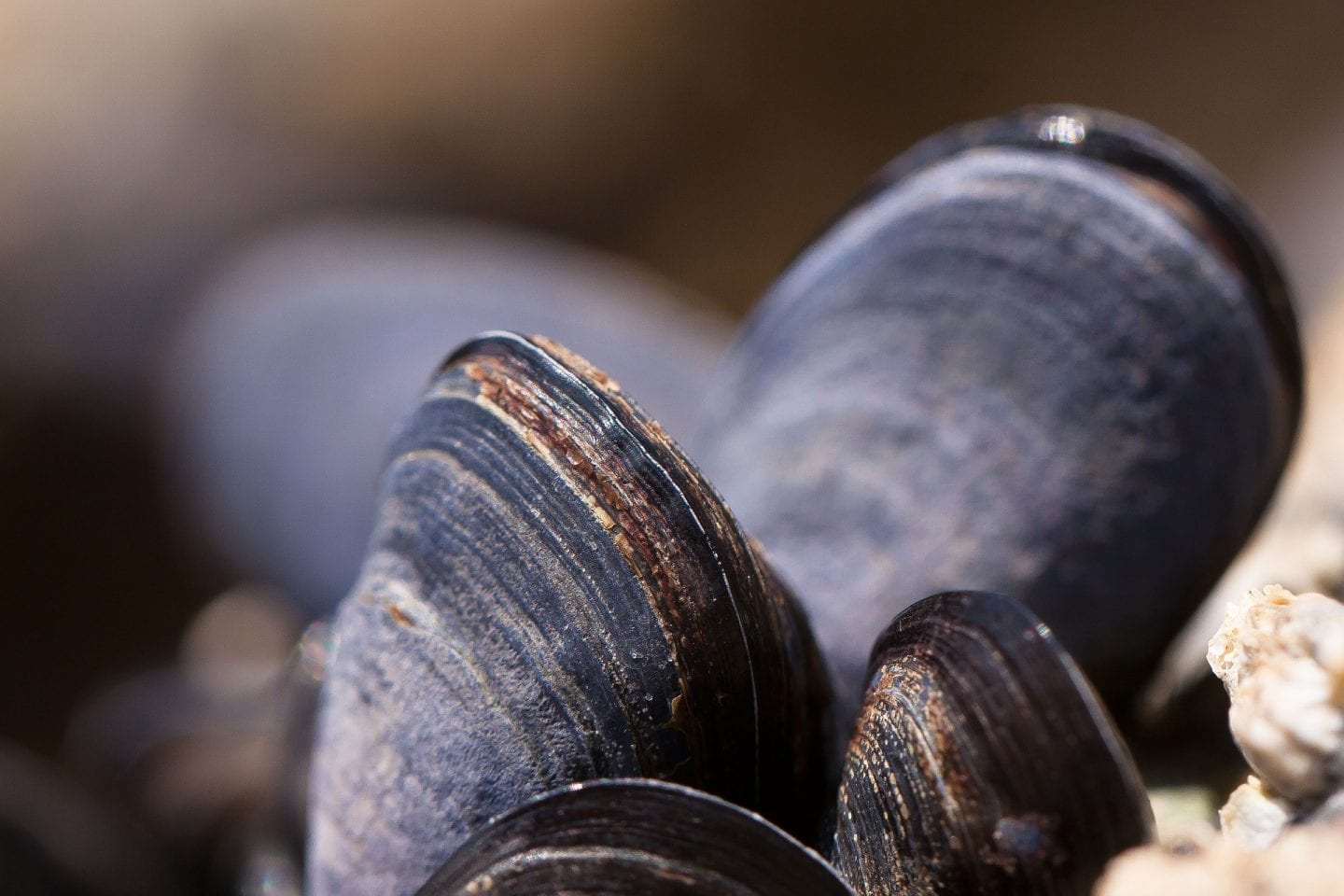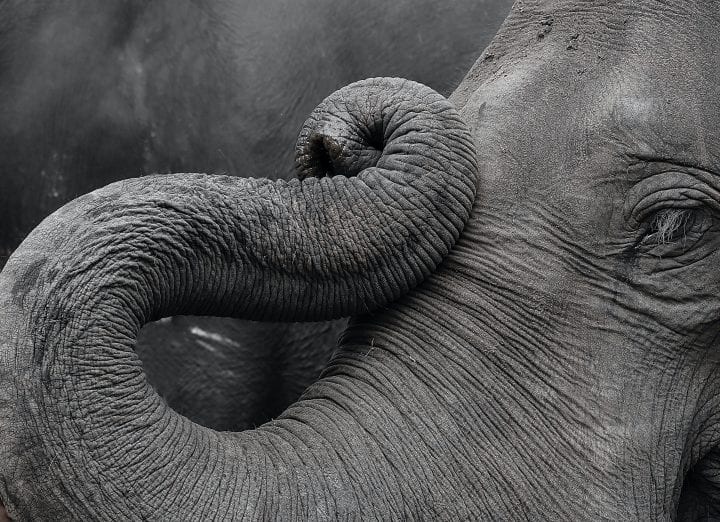Modify Size/Shape/Mass/Volume
Many living systems alter their physical properties, such as size, shape, mass, or volume. These modifications occur in response to the living system’s needs and/or changing environmental conditions. For example, they may do this to move more efficiently, escape predators, recover from damage, or for many other reasons. These modifications require appropriate response rates and levels. Modifying any of these properties requires materials to enable such changes, cues to make the changes, and mechanisms to control them. An example is the porcupine fish, which protects itself from predators by taking sips of water or air to inflate its body and to erect spines embedded in its skin.
Modify Position
Many resources that living systems require for survival and reproduction constantly change in quantity, quality, and location. The same is true of the threats that face living systems. As a result, living systems have strategies to maintain access to shifting resources and to avoid changing threats by adjusting their location or orientation. Some living systems modify their position by moving from one location to another. For those that can’t change location, such as trees, they modify position by shifting in place. An example of an organism that does both is the chameleon. This creature can move from place to place to find food or escape predators. But it also can stay in one place and rotate its eyes to provide a 360-degree view so that it can hunt without frightening its prey.







